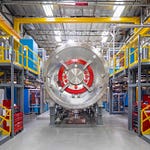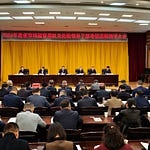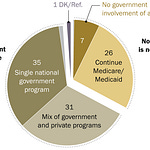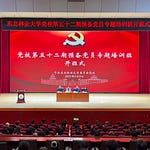In 1992, China was still a “kingdom of bicycles.” Private cars were rare. Electric vehicles seemed like pure science fiction. Yet, at 81 years old, legendary scientist Qian Xuesen wrote a letter to Vice Premier Zou Jiahua with a bold vision: China should skip gasoline and diesel cars, and directly develop new energy vehicles. At a time when battery technology was basic and most Chinese had never even seen a private car, Qian’s idea seemed almost unbelievable
.
Qian’s letter was concise but powerful. He argued that China should avoid the path taken by the West, offering three core reasons:
Energy Security – China had limited oil reserves and was increasingly dependent on imports. If China followed the Western path and embraced gasoline cars, the country’s energy security would be at serious risk. EVs, powered by China’s electricity grid—including hydro, coal, and in the future, nuclear and wind—offered an alternative.
Environmental Pressure – Even in the early ’90s, Qian predicted that China’s cities would one day suffer from severe air pollution if gasoline cars became the norm. EVs would offer zero emissions and lower noise—a major benefit for densely populated cities.
Technological Opportunity – China’s automotive industry started late, and catching up in traditional gasoline technology would be a struggle. But new energy vehicles were a fresh playing field where everyone, including China, started from scratch. Investing early could give China a chance to lead.
Immediate Impact?
The government took Qian’s advice seriously. Premier Zou endorsed the letter, and China’s National Planning Commission included electric vehicle research in the Eighth Five-Year Plan, allocating funds for early-stage projects. But reality proved slow and difficult:
Most early EV experiments remained in labs.
Battery tech was weak, infrastructure non-existent, and public awareness almost zero.
Many early efforts fizzled out; mass adoption was still a distant dream.
Still, Qian’s vision planted a seed. Throughout the late 1990s and early 2000s, China continued to invest. National plans like the “863 Program” and major state-funded projects supported new energy tech. BYD, CATL, and other now-famous companies began with batteries, then expanded into cars.













